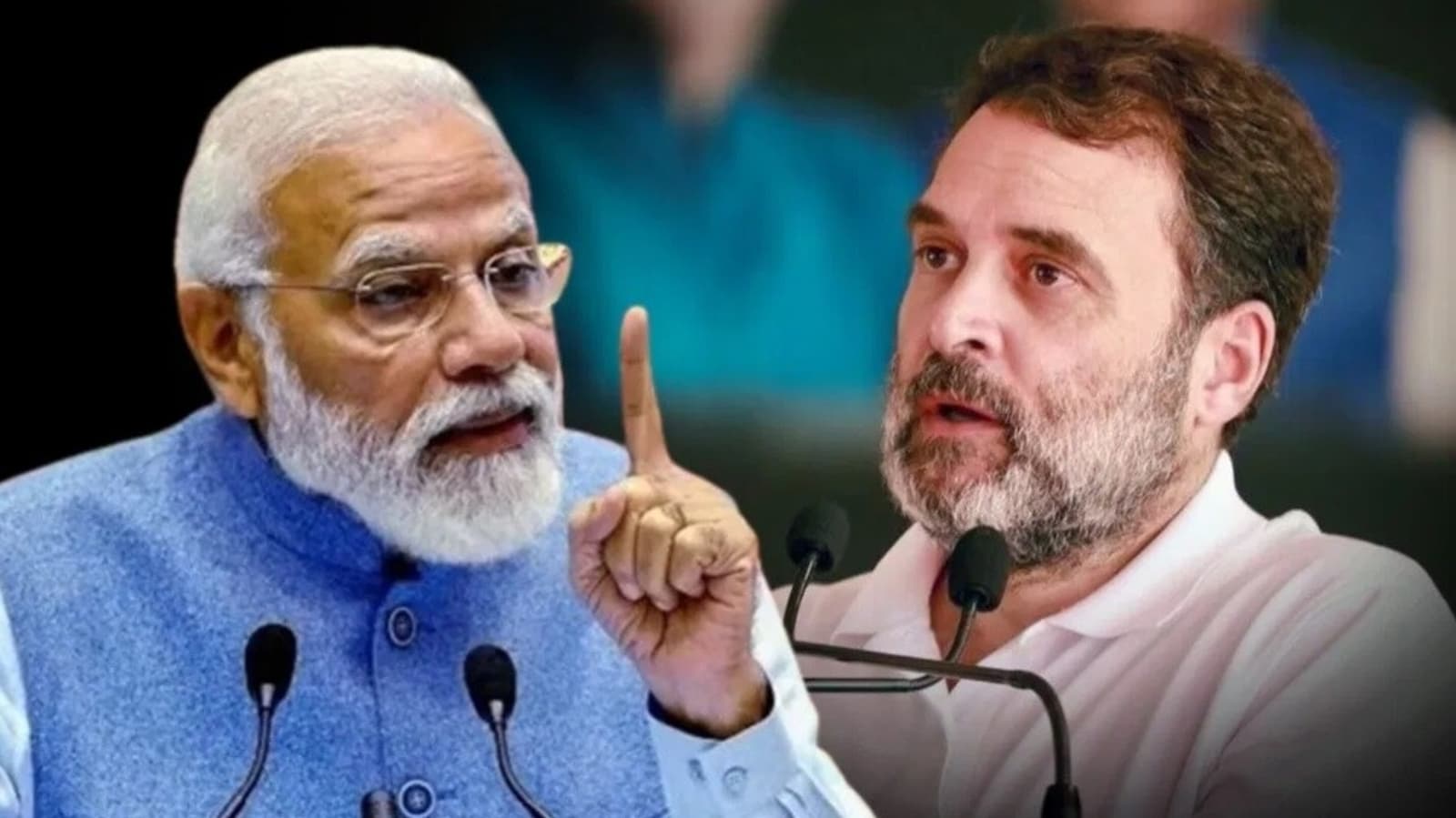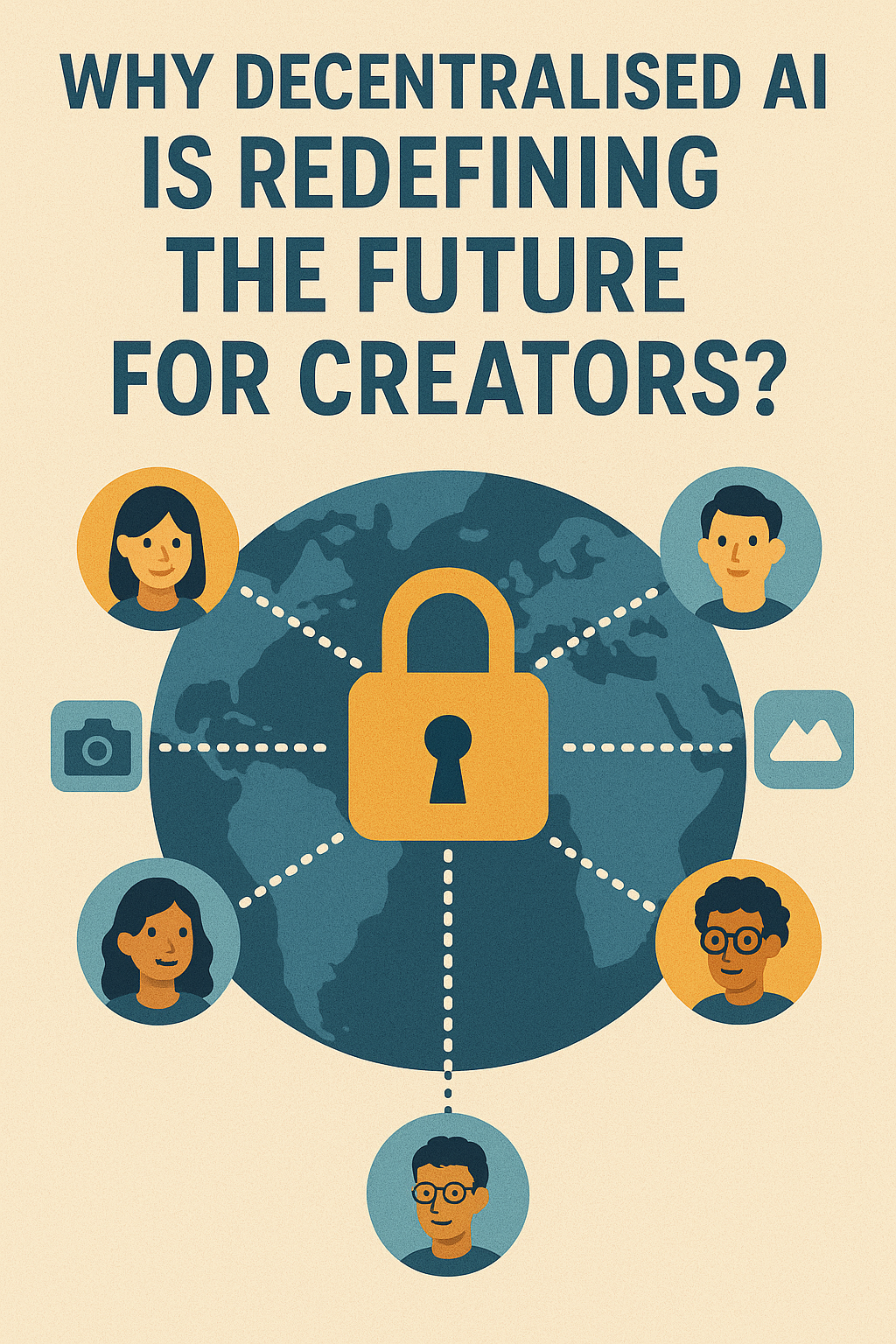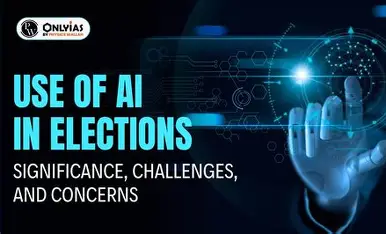A New Political Era Driven by Code
Artificial Intelligence has revolutionized Indian Elections 2025, pushing political campaigns into uncharted technological territory. While traditional speeches and rallies still exist, AI now drives voter outreach with unmatched precision and speed. Consequently, political parties rely heavily on data analytics, machine learning, and AI-generated media to sway public opinion. Moreover, leaders engage voters through hyper-personalized content powered by deep learning and real-time behavioral analysis. Hence, Indian Elections 2025 marks a pivotal moment where campaign victories increasingly depend on digital intelligence.
AI on the Frontlines: Tools That Drive the 2025 Campaigns
As AI adoption intensified, Indian Elections 2025 became more digital than any election in India’s democratic history. Therefore, parties began using voice cloning, automated chatbots, and synthetic videos to extend leaders’ digital presence. Likewise, data analysts designed micro-targeted messages for specific voter blocks across linguistic, cultural, and regional divides. At the same time, AI dashboards allowed teams to optimize campaign content based on social media performance and emotional sentiment. Thus, Indian Elections 2025 introduced a completely tech-powered political warfare that reshaped how Indians consume political narratives. Ultimately, these AI tools transformed traditional campaigning into a data-driven, precision-targeted digital battleground.

Can Indian Voters Trust AI-Driven Political Content?
Understandably, the growing use of AI in Elections has raised questions about voter trust. Although synthetic media allows parties to emotionally connect, many voters remain concerned about misinformation and manipulation. However, younger demographics increasingly accept AI-generated content as part of modern digital campaigning in India. Therefore, trust depends on transparency—voters want clear disclosure when they see deepfakes or AI-enhanced materials. In the end, Indian Elections 2025 demonstrates that trust in AI depends on how responsibly parties deploy these technologies.
Why Are Deepfakes and Digital Avatars Gaining Popularity?
Interestingly, digital avatars and AI deepfakes have emerged as campaign tools to revive nostalgia and loyalty. For example, some parties resurrect deceased leaders using deepfake videos to deliver emotion-driven, targeted virtual speeches. Meanwhile, others use animated party symbols and holograms to grab attention in highly competitive digital spaces. Moreover, this strategy allows political figures to appear in multiple states at once, maximizing reach and influence. Hence, Indian Elections 2025 proves that deepfakes are no longer novelties—they are strategic instruments in modern campaigning.
How Are AI War Rooms Replacing Traditional Campaign Headquarters?
Over time, party offices transformed into AI-powered war rooms with digital screens, data maps, and algorithmic modeling. Furthermore, teams now track voter sentiment, refine messaging, and analyze real-time feedback from thousands of polling booths. As a result, campaigns adjust instantly, creating sharper content and timely counterattacks across platforms like YouTube, WhatsApp, and Instagram. Therefore, Indian Elections 2025 confirms that future election success lies in how effectively data meets decision-making. Ultimately, AI war rooms now serve as the beating heart of digital political operations across India.

























